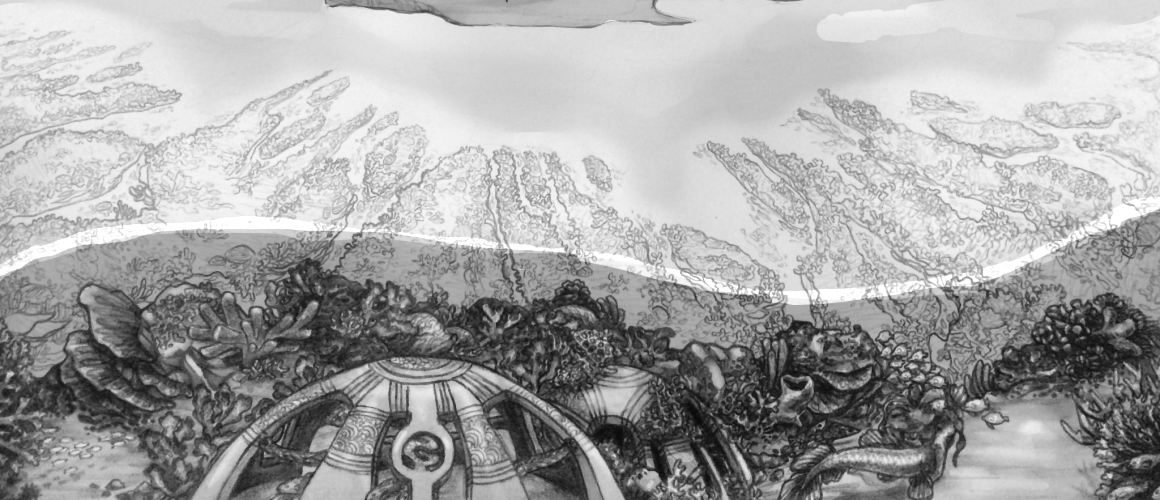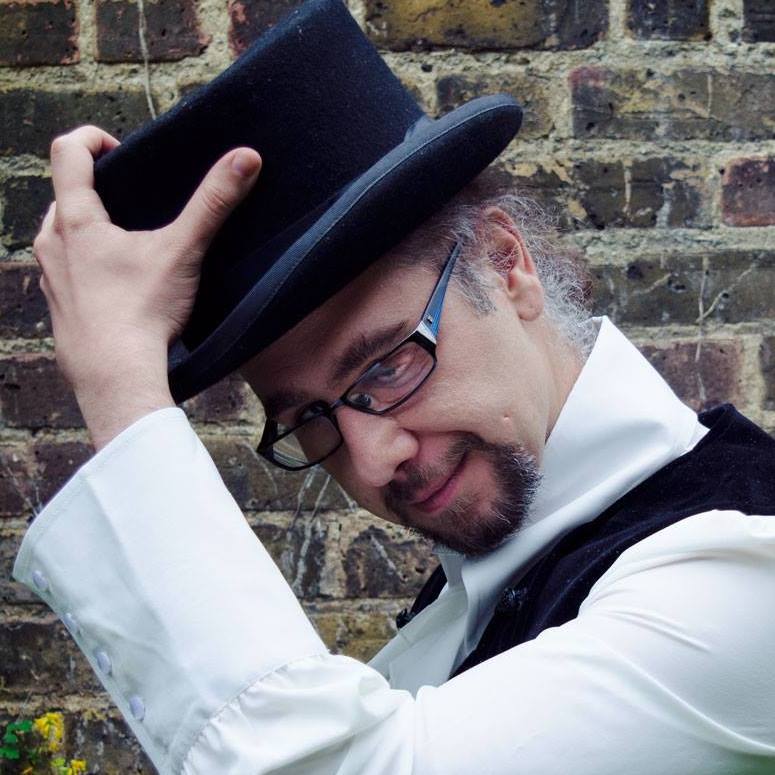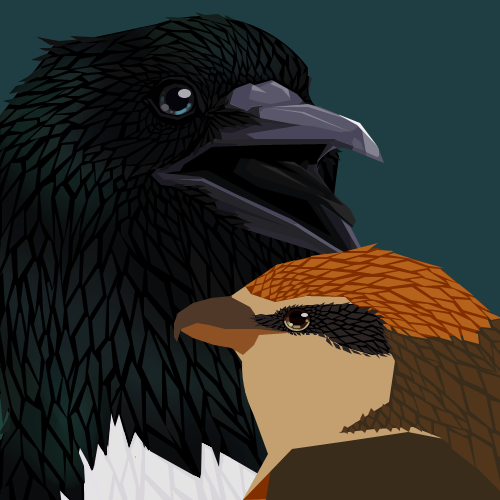Maloekian Funeral Rites
History
Mythological Beginnings
Maloekian mythology tells of a time when the island of Maloeki was a plateau standing alone above a vast desert. A draught lasting years had dried up the water and vegetation on the plateau, leaving the people starved. A young woman known as Maloeki, a skilled hydromancer, sacrificed herself for her people, throwing herself off the edge of the plateau.Her hair became the sea, Her body the reefs, and each teardrop a new life.To maintain the saving gift her sacrifice brought, the people of Maloeku buried their deceased underwater, wedging their bodies into the nooks and crannies of the coral reef. Their flesh would feed the fish and their skeletons would provide a base for more coral to grow.
The Introduction of Ropes of Hair
A series of strong storms dislocated many bodies from the coral reefs. Many of these corpses washed up along Maloeku's coastline bringing with them a new superstition of Dredged Corpses . To prevent such a thing from happening again the tradition of shaving the deceased's hair to create ropes with which to tie them to the coral reefs was born.The Introduction of Stone Constructs
Foreigners, visiting Maloeku to enjoy its scenery and swim in the coral reefs got quite a scare when they discovered skeletons and half-eaten corpses wedged amongst the corals. To appease them and to prevent people from disturbing the deceased, the Queen of Maloeku at the time decided to set aside the coral reefs off the Southern coast of the island as sacred ground, creating the Coral Graveyard. Along with that, she ruled that the bodies must be placed in a stone construct to further secure the body and provide more surface area for new coral growth.The Graveyard Crisis
In 1027 S.D., a Deljudi graveyard caretaker discovered a kelp-like plant growing out of a corpse. Shortly afterward, a young girl was found washed up dead having been paralyzed by the plant's toxins. By the time the threat had been realized, corpse kelp had begun to take over the coral graveyard. With the ruling queen temporarily halting all burials and Deljudi tribesman patrolling the area to remove any animal corpses to prevent the plant from feeding and seeding, the crisis was averted. Afterward, the queen enstated a law that required the flesh of the deceased to be removed before burial.Execution
Shaving the Head
The sacred long hair grown by Maloekians throughout their life is carefully shaved off, leaving a bare scalp. The hair is used to make ropes that help keep the skeleton in its stone construct. A close family member usually performs this task.Removal of Flesh
After the corpse kelp invaded the coral graveyard, taking corpses as food, a law was instated requiring the removal of flesh from the body. The skeleton would still support the growth of coral without the danger of corpse kelp. The flesh is generally cremated and either spread across the sea, mixed with clay to create sculptures for the stone construct, or stored in an urn in the stone construct.Decorating the Stone Construct
Family members, no matter their skill level, participate in the decoration of the stone constructs: carving motifs into the stone that represent the family or deceased, and creating clay sculptures to put in the construct. Some wealthier families may hire artisans to do most of the delicate and detailed work but each person personally contributes at least one thing.The Sending Off
When all the preparations are completed, family and friends gather together to deliver the deceased’s body to the coral graveyard and secure it in the stone construct. Usually only direct relatives will dive underwater to do so while the rest wait on a boat above water.Components and tools
Stone Construct Form and Decoration
The shape of the stone construct depends on the rank and service to the country of the deceased while the amount of decoration usually depends on the wealth of their family.Participants
Relatives
The relatives of the deceased participate in the making of ropes and the decoration of the stone construct. Direct relatives will place the body in the stone construct and seal it with the ropes.
Friends
Those close to the deceased will join the family members in sending off the body. Watching from a boat as they secure them beneath. If the ashes of the deceased are spread they will take part in that.
Funerary Service Members
The funerary service will provide the base shape of the stone construct according to the rank and merit of the deceased. The process of removing the flesh of the body and its cremation is done by them as well. Deljudi service members will safely deliver the stone construct to the sea floor and assist the family members if need be while they are securing the body.
Observance
The whole process is rather short and usually occurs within two weeks of the death of the deceased. The funeral may be delayed due to weather if the sea is too stormy to set up the stone construct and secure the body.
Remove these ads. Join the Worldbuilders Guild











Congratulations, you have been featured on today's Summer Camp Around the Campfire Stream!
I hardly ever miss a stream. Why did it have to be the one that I was featured in? Anyway, thanks for the feature!